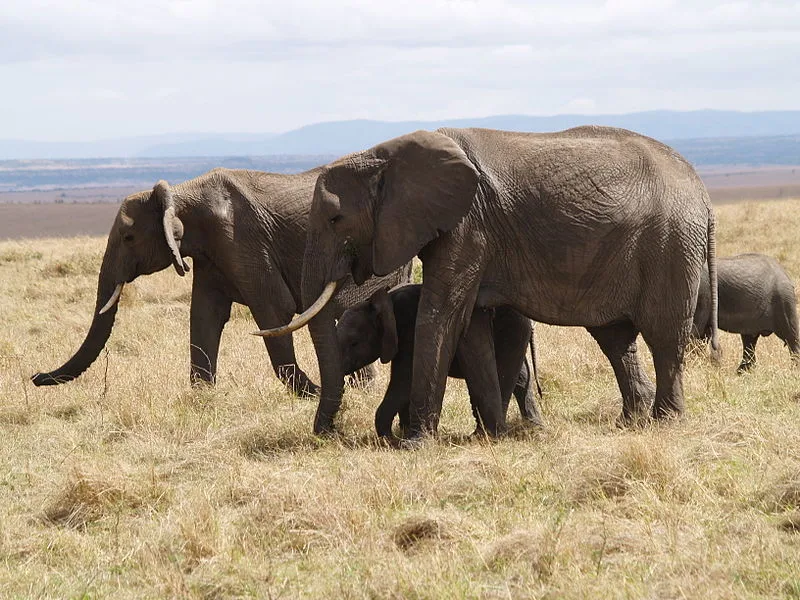Dream of Africa and you probably dream of the Masai Mara. This vast protected landscape is one of the top wildlife destinations in Africa and Kenya's flagship conservation area.
 |
| Masai Mara |
This vast expanse of gently rolling grasslands, dotted with flat-topped acacias and trampled by huge herds of zebras and wildebeest, is the ultimate 'African cliché'. But for once, reality lives up to the image and the Masai Mara, comprising not only the famous reserve, but also around a dozen community conservancies, several group ranches, and numerous Maasai villages, is for many people not. just the highlight of their Kenyan adventure but the reason they chose to travel to Africa.
Wildlife viewing in the Masai Mara is excellent year-round thanks to the diverse population of resident animals, including lions, leopards, elephants, and buffalo, in addition to popular species such as zebra, giraffe, hyena, eland, and gazelle. Mara's big cats are even 'the stars' of more than one movie experience.
The Masai Mara and its neighboring private preserves offer a variety of accommodations, from places for the little ones to luxury lodges for romantics. For travelers looking for a quieter space, we recommend staying in one of the neighboring private conservation areas, where they will enjoy the advantage of easy access to Mara and enjoy the excellent observation and migration scenes, but can also retreat to a The conservation crowd-free environment where wildlife viewing is allowed off-road, and seamlessly combined with evening walks and guided nature hikes.
 |
| Masai Mara |
When to go
Choosing when to go to the Masai Mara is something that should be carefully considered to meet your expectations. To see the game in general, there is no true "best time" to go; Thanks to its abundant resident wildlife and mild climate, the Masai Mara is widely regarded as a year-round safari destination. Its wide open plains mean that there is practically always something to see, no matter what time of year you go to Kenya.
Kenya has two 'sets' of rainy seasons. The 'short' rains are generally expected in November and break the dry mid-year winter, which is considered high safari season. November is great for photographers because you will often have large tracts of land and sightings all to yourself, especially at the famous Mara conserves.
The next set of rains is known in reverse as the 'long rains' and generally occurs in April and May. As the name implies, these are much more serious and many cabins and campgrounds may be closed during this period because dirt roads turn to sticky mud, rivers flood their banks, and almost persistent drizzle never allows a sunny gap to view the wild life.
It is this unpredictability of nature that makes safari so intriguing.